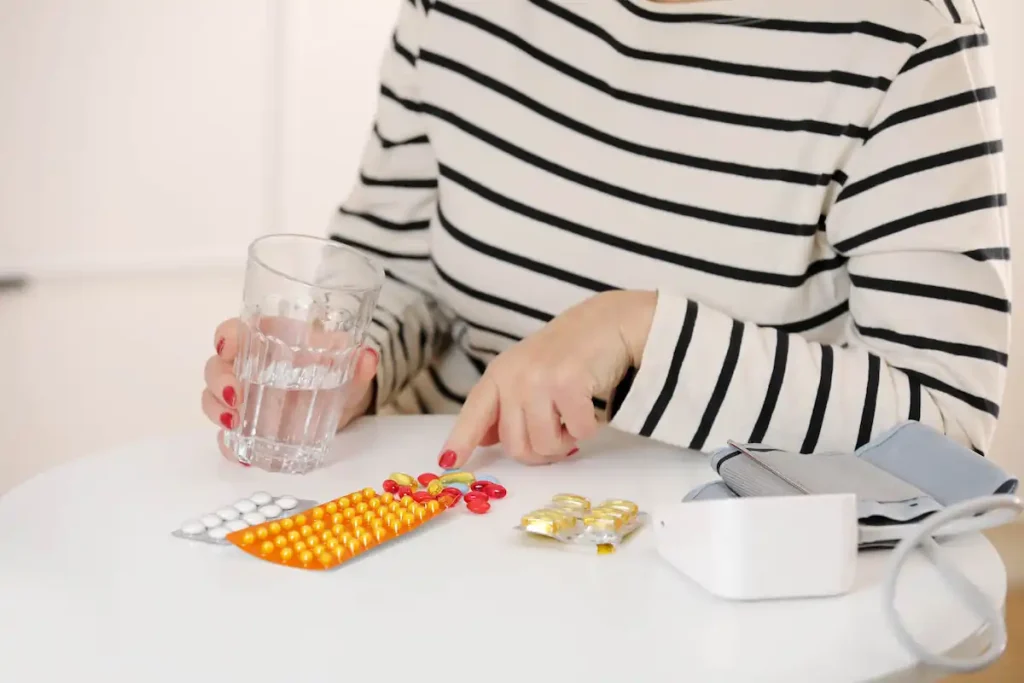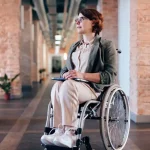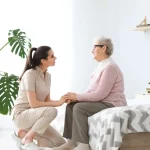Prescription Medication Use
Our motto at Caregiver-Aid is “Safe and Healthy at Home.” Naturally, home safety is something that caregivers take seriously.
The National Safety Council is spotlighting certain safety issues this month that are important for general home safety, according to research on trends in safety.
In 2012, poisoning killed about 36,900 people. Many of these deaths were caused by the recent prescription drug abuse epidemic. Prescription pain relievers contribute to more deaths than all illegal drugs.
The Council reports that 45 people nationwide die every day from unintentional overdoses of prescription pain relievers.
Here are a few suggestions to help caregivers be vigilant regarding the use of prescription medications.
Keep a medication list.
- Keep an updated list of all medications, including prescription medications, over-the-counter products, and any other supplements taken. Your pharmacy can help you get a printed page listing all the prescription medications.
You will need to write down the names and dosages of any other over-the-counter medicines, vitamins, etc., that the patient takes regularly.
Keep this list in a wallet, purse, or tote bag so that when you go to a physician’s office, you will have that information on hand.
Organize your inventory.
- Ensure labels remain on the bottles and that all medicines are securely stored safely.
Certain medicines may require refrigeration. Most importantly, store medications away from young children at all times.
Read the instructions that accompany each treatment and take heed of any suggestions. If you have any queries, immediately contact your pharmacist or medical practitioner.
Record Side-Effects.
- Keep a written record of what’s happening when the patient takes a medication.
A patient may need to try out a medication to see how effective it is or if there are intolerable side effects.
The record can help you and your doctor sees if a medication may be causing side effects or if it is effective for this patient. For example, if the patient always feels nauseous or has constipation after a particular medication, note that and then share that information with your physician.
Writing this down is good because the details are sometimes forgotten during busy days. We used a spiral notebook kept at the bedside for this purpose.
Use a pill organizer box.
- A pill organizer box will help you keep on schedule with medicines. This is helpful to both the caregiver and the patient.
Suppose you are a forgetful or busy patient and give yourself your medicines. In that scenario, a pill organizer is a helpful reminder and tool to track what you’ve taken and when.
A family caregiver or a home health care nurse can help you put your medications inside a pill organizer box weekly if you need help.
Use just one pharmacy for all your prescriptions.
- Keeping all your prescriptions at one pharmacy will simplify drug interaction control.
The pharmacist will have a record of all prescriptions and check for interactions and side effects. They can answer your questions about how to take your medications to avoid problems.
Sometimes, they can change the flavor of liquid medications, so they don’t taste so bad.
As caregivers, we must ensure that our loved ones take their medications exactly as prescribed, especially if the prescriptions change often.
Taking this requirement seriously, we need to be thoughtful and proactive about giving our loved ones the advice they need to stay on the right medications.


